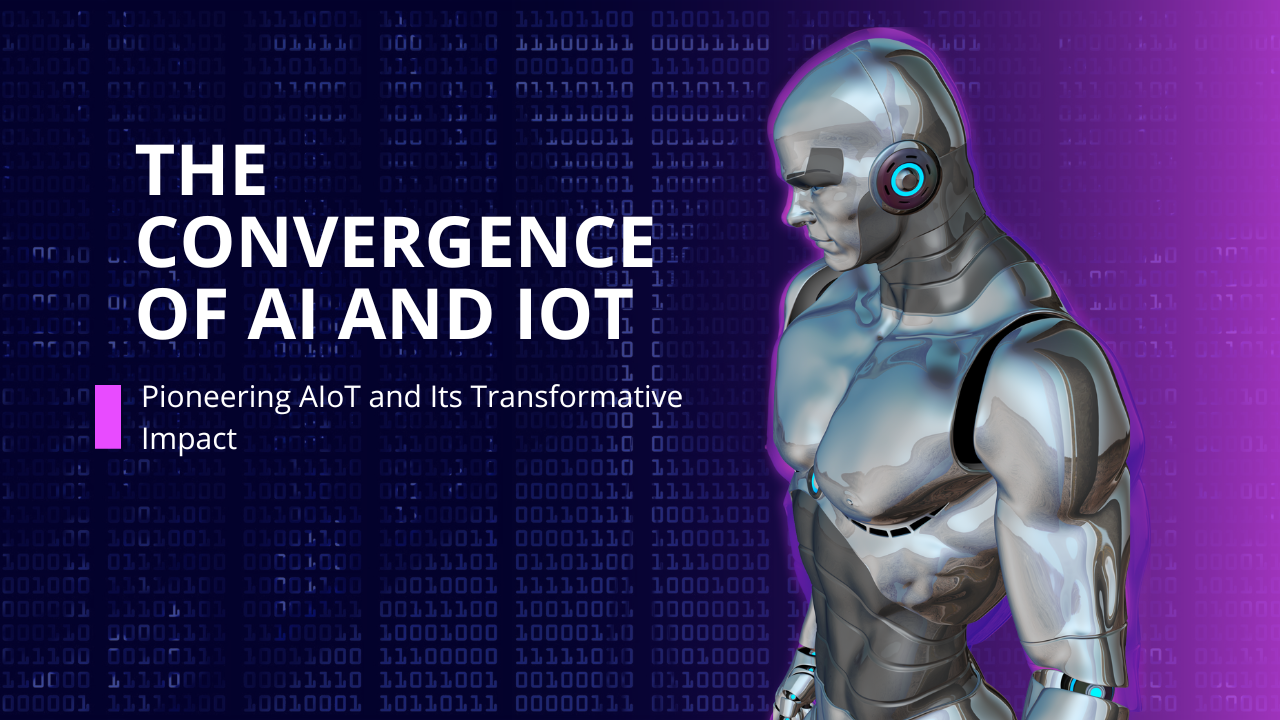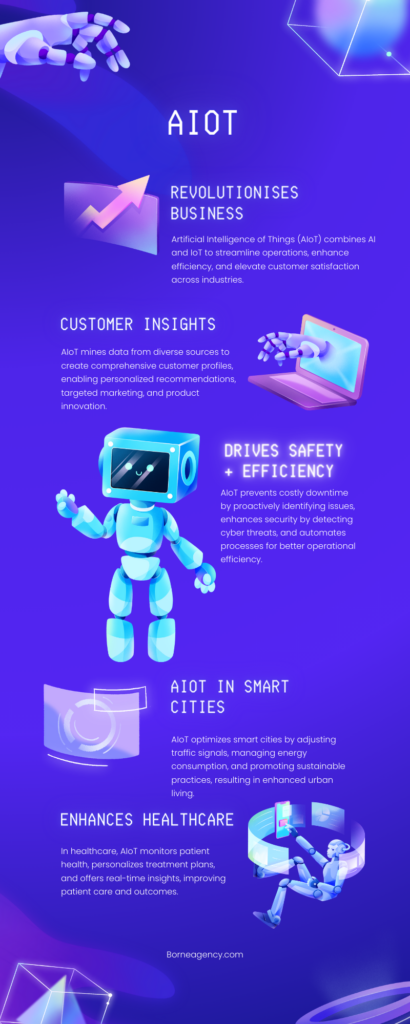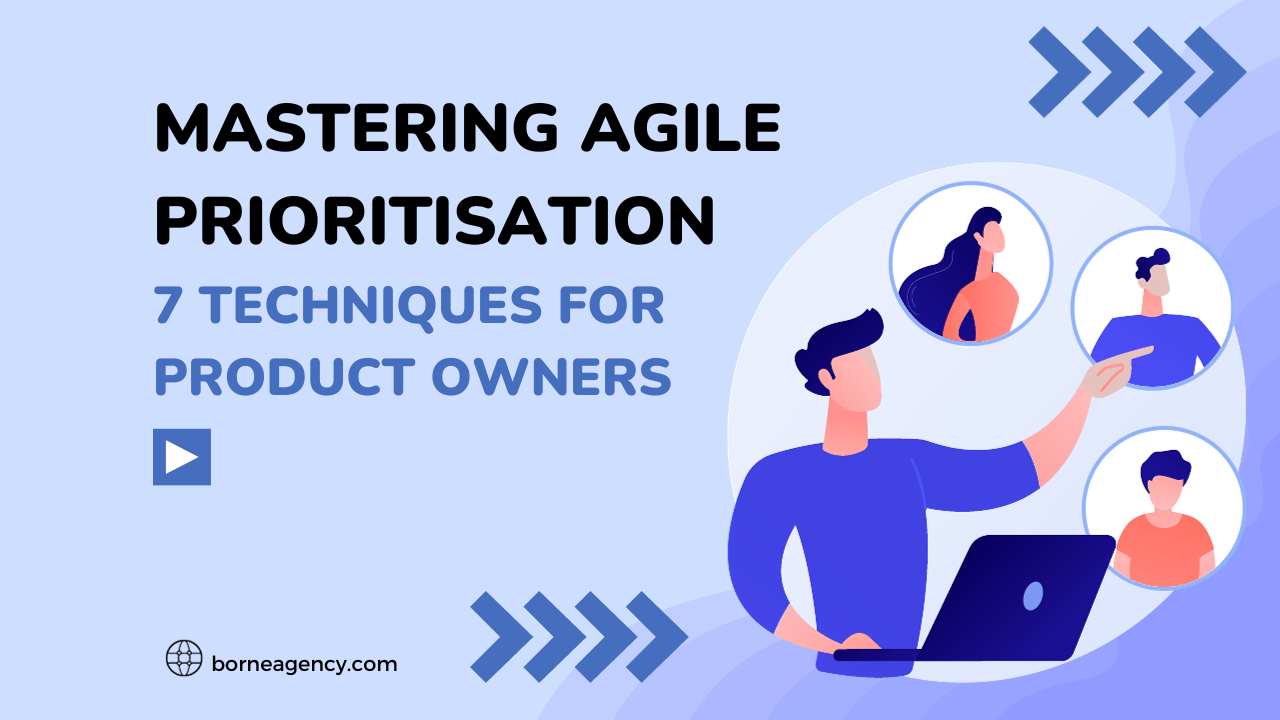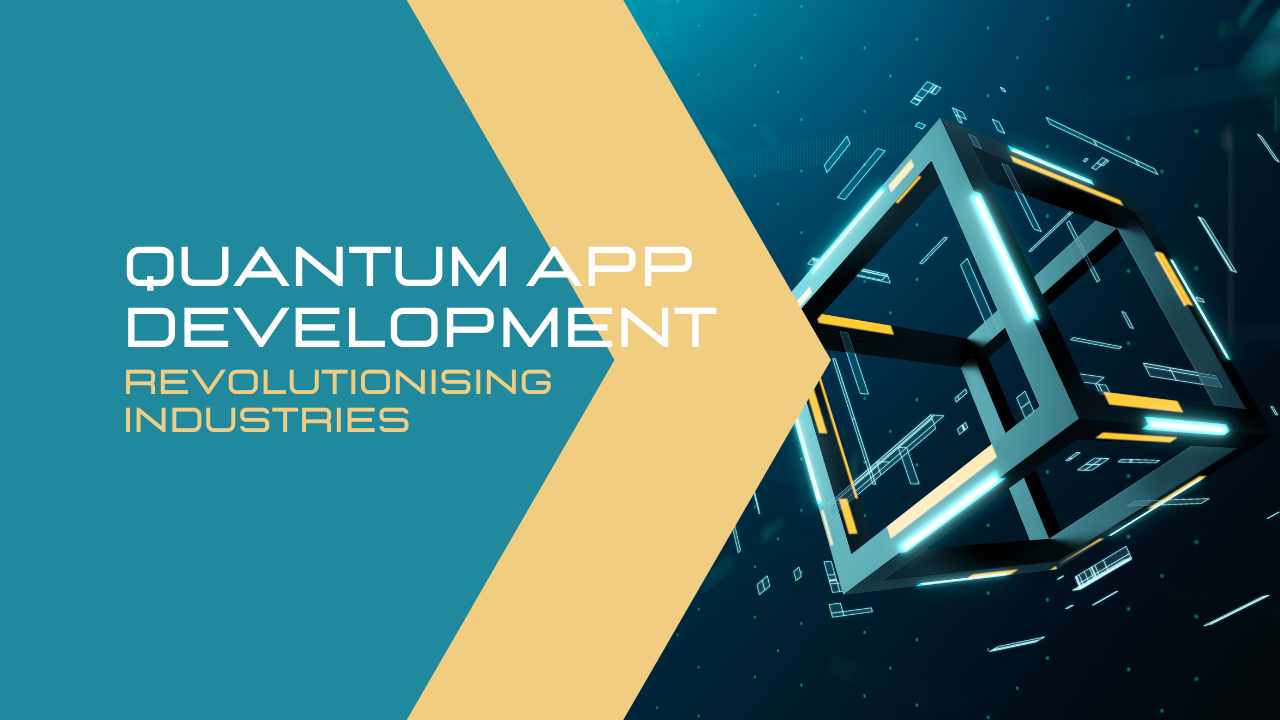Nov 02 - 5min readThe Convergence of AI and IoT: Pioneering AIoT and Its Transformative ImpactBy Launchbase
In the era of digital transformation, businesses are embracing cutting-edge technologies, uniting the power of artificial intelligence (AI) and the Internet of Things (IoT) to bolster efficiency, reduce costs, and elevate customer service. The merging of two rapidly advancing domains, AI and IoT, is giving birth to a new paradigm known as Artificial Intelligence of Things (AIoT). This innovative fusion is poised to reshape the landscape of business across industries, from retail and healthcare to automotive and agriculture.
Gartner’s projections indicate that by 2023, nearly a third of companies venturing into IoT initiatives will incorporate AI into at least one of their projects. Through AI applications, real-time analysis of raw data empowers connected devices to take swift and informed actions.
The Synergy of AI and IoT Transforming Business Dynamics
At its core, AIoT hinges on harnessing the potency of artificial intelligence to make sense of the colossal volumes of raw data birthed by IoT. IoT devices are proliferating at an astonishing pace, spanning from smart homes and wearables to smart cities and industrial machinery. These devices churn out vast datasets brimming with potential insights, but without AI, the sheer volume of data often becomes overwhelming.
By infusing machine learning and AI technologies into IoT data, organisations unlock real-time insights that enhance operations, enrich customer experiences, and streamline processes. For instance, scrutinising sensor data from manufacturing equipment enables organisations to preemptively detect issues, preventing them from escalating and leading to significant cost savings.
Benefits of AIoT Applications in Business
The integration of AI and IoT has ushered in a new era of innovation for businesses. This amalgamation of cutting-edge technologies delivers a multitude of advantages, transforming how companies function and compete. AIoT holds the potential to streamline operations, enhance customer experience, and propel businesses into the future.
1. Data Mining, Sharing, and Shaping User Perceptions
AIoT empowers businesses to mine and share data from multiple sources, enabling the formulation of user perceptions. Analysing raw data from IoT devices unveils invaluable insights into customer behaviours, preferences, and trends. This intelligence enables businesses to craft personalised marketing campaigns, innovate new products and services, and make more informed strategic decisions.
2. Enhanced Customer Experience
AIoT contributes to an improved customer experience by offering personalised recommendations and tailored services. For instance, analysing customer data from smart home devices enables retailers to suggest products that align with a customer’s past purchases and behaviour, resulting in heightened customer satisfaction and loyalty.
3. Downtime Elimination
AIoT plays a crucial role in preventing downtime by identifying potential issues before they materialise. By analysing sensor data from industrial equipment, organisations spot signs of wear and tear, enabling proactive maintenance scheduling and averting costly downtime.
4. Augmented Security
AIoT enhances security by detecting and thwarting cyberattacks. Real-time analysis of network traffic data allows companies to spot anomalies and intervene promptly, mitigating potential damage.
5. Operational Efficiency
AIoT fosters operational efficiency by automating processes and reducing the need for manual labor. For instance, by using AI to analyse sensor data from manufacturing equipment, organisations can automate maintenance schedules, minimising the need for human intervention.
6. Automation Upsurge
AIoT precipitates an upsurge in automation, wherein machines and devices communicate and perform tasks without human intervention. This leads to increased efficiency, cost savings, and reduced human errors, profoundly impacting industries like manufacturing and transportation.
7. Enhanced Business Analysis Processing
AI algorithms integrated with IoT data enable businesses to analyze raw data and vast datasets, unveiling valuable insights, trends, and correlations that might elude human analysts. Machine learning makes accurate predictions, detects anomalies, and offers actionable recommendations, equipping businesses to make well-informed choices and gain a competitive edge.
8. Smart Inventory Tracking and Management
Organisations gain real-time insight into inventory quantities, locations, and conditions by integrating AI algorithms with IoT devices. This data-driven approach optimises inventory levels, mitigates stockouts or overstocking, and streamlines supply chain operations, resulting in reduced costs and optimised order fulfillment.
9. Advanced Risk Management
Leveraging AI algorithms and live data from connected devices, businesses can proactively monitor and assess risks across various domains. AIoT empowers companies to take timely preventive actions, reduce the likelihood of errors, damages, or losses, and ensure business continuity and resilience.
10. Catalyzing New and Improved Products/Services
AIoT aids businesses in spawning new and improved products and services by recognizing unmet needs, fostering innovation, and staying ahead of the competition.
11. IoT Scalability Amplification
AIoT enables businesses to expand their IoT infrastructure’s scalability. AI and machine learning algorithms optimise IoT networks, enabling more efficient data processing and decision-making, and facilitating the expansion of IoT capabilities into new domains and applications.
Exploring AIoT in Practice
The marriage of AI and IoT lays the foundation for intelligent systems capable of sensing, analysing, and acting upon data in real time. The potential applications of AIoT span diverse industries, from healthcare and transportation to agriculture and manufacturing.
Manufacturing: Integrating AI with IIoT
The industrial internet of things (IIoT) has ushered in new possibilities for data collection, with AI and machine learning software improving decision-making. By collecting performance metrics and environment data from equipment and machinery, organisations can improve productivity, enhance maintenance, and reduce human error. AI and machine learning provide a comprehensive view of data, enabling smarter decisions.
Underutilised IIoT Data
The burgeoning number of industrial devices connected to the Internet generates an immense volume of data. However, manual analysis cannot keep pace with this deluge of information. Businesses are turning to AI and machine learning to address this challenge.
AI Empowering IIoT
Machine learning enables systems to learn and improve through experience, using algorithms and advanced neural networks. Computer vision and AI-powered video analytics enhance productivity and efficiency in industrial settings, spanning remote monitoring, preventive maintenance, and intelligent transportation systems.
Smart Retail
AIoT devices analyse customer data from various sources, offering insights into customer behaviour and preferences. This data is leveraged to provide personalised recommendations, optimise inventory management, and reduce waste, resulting in greater customer satisfaction, cost savings, and sustainability.
Smart Homes
AIoT automates processes such as temperature control, lighting, and security in smart homes. This optimises energy efficiency and enhances security while reducing energy costs.
Smart Cars
AIoT leverages sensors to enhance safety and reduce accidents, particularly in autonomous vehicles that detect and respond to changes in the environment.
Smart Healthcare
AIoT monitors patient health and personalizes treatment plans. Wearable devices collect vital signs and activity data, empowering doctors to make informed decisions and improve patient care.
Smart Cities
AIoT optimises smart cities further, adjusting traffic signals, managing waste efficiently, monitoring energy consumption, and promoting sustainable practices.
Wearable Technology
Wearable devices gather health, activity, and sleep data, enhancing wellness and location tracking, emergency alerts, and secure authentication.
Embracing Digital Transformation
The integration of AI and IoT is reshaping how we live and work, offering opportunities to streamline operations, improve efficiency, and enhance customer satisfaction. To harness AIoT successfully, organisations must possess the requisite infrastructure and expertise.
The fusion of AI and IoT is fundamentally altering our world, promising to revolutionise industries and elevate quality of life. As businesses and individuals continue to embrace AIoT applications, the transformative potential of this technology will become increasingly evident. It is imperative for business owners and consumers alike to remain well-informed about the latest developments in AIoT and adapt to the ever-changing technological landscape.




